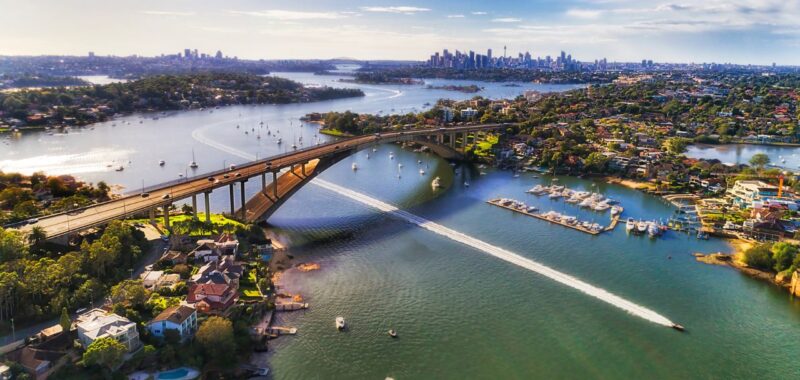According to RWC Western Sydney’s latest Residential Development Report, the region is forecast to absorb over 56 per cent of NSW’s population growth through to 2041, requiring 24,000 new dwellings annually.
However, only 5,404 dwellings are currently under construction across all precincts, representing just 22.5 per cent of the annual demand.
The situation is particularly dire in the South West precinct, which is expected to be the fastest-growing area with 1.64 per cent annual population growth, led by huge levels of overseas immigration.
In the 12 months leading up to September 2024, New South Wales (NSW) recorded a net overseas migration of 120,073 people, with Western Sydney seeing the bulk of the arrivals.
Peter Vines, Managing Director of RWC Western Sydney, said the situation is severe.
“This is not a planning problem, it’s a delivery crisis,” Mr Vines said.
“We have over 35,000 DA-approved dwellings sitting idle.
“Without targeted intervention, the backlog will continue to widen.”
The report identifies several factors hampering delivery timelines, including labour shortages, cost escalations, and capacity constraints.
While material cost growth has eased to 1.65 per cent annually, down from over 15 per cent in 2022, industry participants report that labour supply remains a critical bottleneck.
There are some positive signs in the market, with a renewed surge in investor confidence following the February 2025 interest rate cut.
This has resulted in a $12.4 billion uplift in investor lending in Q4 2024, now comprising 46 per cent of total residential lending.
However, Mr Vines warns that without accelerated construction, capital will struggle to find suitable supply in the short term.
“We’re entering a phase where market demand, government policy, and demographic growth are aligned – but delivery is lagging,” he said.
“The true challenge for Western Sydney isn’t identifying where to build; it’s making those projects real.”
Industry experts suggest tax reform could be a solution to the housing crisis.
Brad Armitage, HIA Executive Director NSW, believes reducing the tax burden on housing development would significantly improve project feasibility.
“The NSW government has made some excellent progress towards speeding up building approvals, but an approval alone doesn’t guarantee the building will be built,” Mr Armitage said.
“Many already-approved projects in Greater Sydney will cost more to deliver than how much the apartments can be sold for.”
Mr Armitage is calling on NSW Treasurer Mookhey to implement tax reforms targeted at boosting housing supply.
He said that housing is heavily taxed in the economy, ranking just after “sin taxes” on alcohol and tobacco despite being considered an essential commodity.
Several specific tax reforms have been proposed by the HIA, including a full stamp duty exemption for first home buyers building or buying newly constructed houses and apartments, removing Foreign Investor surcharges on stamp duty and land tax for off-the-plan sales, reducing local infrastructure contributions, and lifting the small business payroll tax exemption threshold.
“Taxes on housing discourage housing investment, which translates into further reduced demand and supply of housing,” Mr Armitage said.
“This helps no one-government included.”

